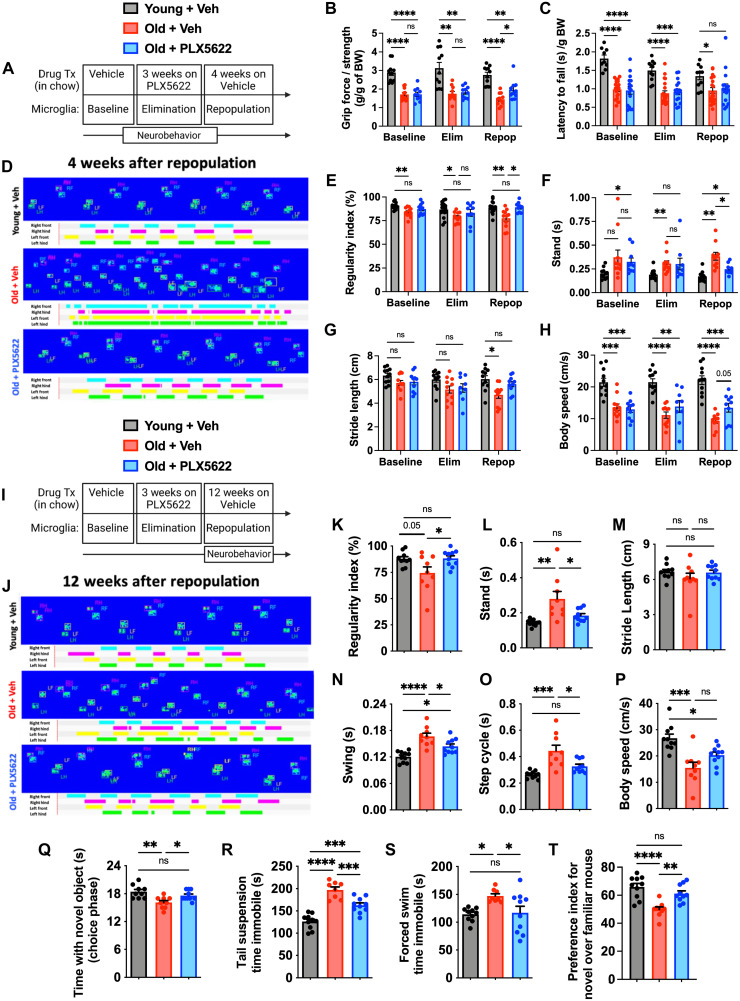Fig. 4. Forced turnover of microglia has lasting beneficial effects on neurological function in aged mice.
(A) Timeline of experimental design for the acute 4-week microglial repopulation period is shown. (B) Forelimb grip strength was quantified for each treatment phase. (C) Rotarod performance, as determined by latency to fall, is shown for each phase. (D) Representative graphical print view of the CatWalk XT automated gait analysis system at 4 weeks after repopulation. Catwalk gait analysis parameters for (E) regularity index, (F) stand, (G) stride length, and (H) body speed. (I) Timeline of experimental design for the chronic 12-week microglial repopulation period is shown. (J) Representative graphical print view at 12 weeks after repopulation. Catwalk gait analysis parameters for (K) regularity index, (L) stand, (M) stride length, (N) swing, (O) step cycle, and (P) body speed. Data were derived from combined forelimb values for all stand, stride length, swing, and step cycle parameters. (Q) Time spent interacting with a novel object during the choice phase of the novel object recognition (NOR) task at 12 weeks after repopulation is shown. Time spent immobile during (R) tail suspension (TS) and (S) forced swim (FS) tests demonstrate significant reductions in depressive-like behavior at 12 weeks after repopulation. (T) Time spent interacting with a novel mouse during sequence 3 of the SR test is shown. N = 10 to 11 per group (B), 11 to 21 per group (C, combined from two independent experiments), 10 to 11 per group (E to G), and 9 to 10 per group (K to T). BW, body weight; Elim, elimination; Repop, repopulation; ns, not significant.. Data were analyzed using two-way ANOVA with Tukey’s post hoc correction (B, C, and E to H) and one-way ANOVA with Bonferroni post hoc correction (K to T) for multiple comparisons (*P < 0.05, **P < 0.01, ***P < 0.001, and ****P < 0.0001).

